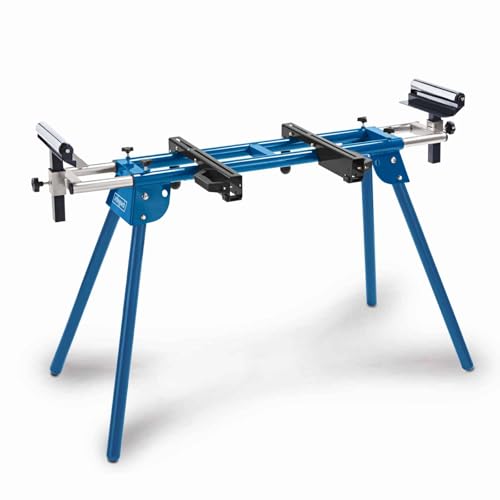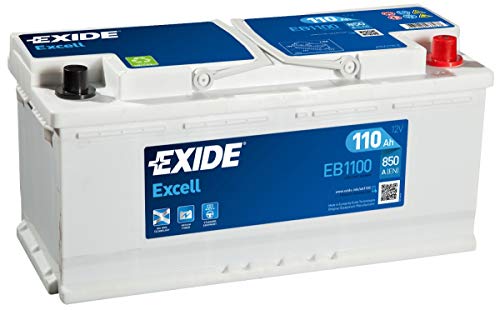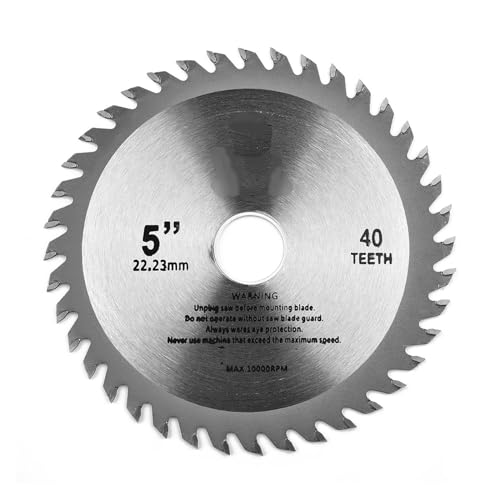Introduction to Mitre Saw Stands: What They Are and Why You Need One
Understanding Mitre Saw Stands
When tackling various woodworking or construction projects, a mitre saw stand becomes an invaluable tool. It provides support for your mitre saw, allowing for more accurate cuts and safer operations. If you’ve ever tried to handle a heavy saw on an unstable surface, you know it can be quite challenging. That’s where a solid stand comes into play. These stands elevate your work, giving you a stable base. This stability enhances not only the precision of your cuts but also your overall efficiency while working, making your projects less cumbersome.
Benefits of Using a Mitre Saw Stand
Using a mitre saw stand offers numerous advantages. First and foremost, safety is a significant concern; a well-designed stand prevents the saw from tipping or falling. Additionally, these stands often come with extensions, providing ample support for longer workpieces. This means you can cut larger materials without the hassle of balancing them awkwardly. Moreover, many mitre saw stands are portable and foldable, making it convenient for transport and storage, which is particularly beneficial if you work on various job sites or have limited space in your workshop.
Key Features to Consider When Choosing a Mitre Saw Stand
Stability and Weight Capacity
When selecting a mitre saw stand, it is essential to consider the stability it offers, especially if you work with heavy materials. Look for models crafted from robust materials like steel that provide the necessary strength and durability. Additionally, assess the weight capacity of the stand; it should comfortably support the weight of your saw and any materials you will be working with, ensuring it does not wobble during use.
Portability and Folding Mechanism
Portability is another crucial factor. If you plan to move your saw between locations, choose a stand that is lightweight yet sturdy. A folding mechanism can significantly enhance its convenience, allowing you to set it up and dismantle it quickly.
Extensions and Work Surface Area
The size of the work surface is an important consideration as well. Look for stands that offer detachable extensions, as these will allow you to manage longer boards securely and effectively. A larger work surface offers greater versatility, giving you the freedom to handle various projects without needing a separate workspace.
Compatibility with Your Saw
Compatibility cannot be overlooked. Ensure that the stand you choose is designed to accommodate your specific mitre saw model. Most stands offer universal fittings, but checking compatibility prior to purchase prevents future headaches during assembly.
Comparative Review of Popular Mitre Saw Stands
Evaluating Popular Models
We’ve taken the time to compare some of the leading mitre saw stands on the market. Consider models such as the Makita WST06 and the DeWalt DWX726, known for their reliability and sturdiness. The Makita stand excels in portability with its lightweight design, while the DeWalt stand boasts an impressive weight capacity, making it suitable for heavy-duty tasks. Take a moment to think about your primary needs; if you prioritise ease of transport, the Makita might be your best bet, whereas the DeWalt is perfect for those needing maximum stability.
User Experiences with Different Stands
User reviews often shed light on real-world performance. Many find that the Bosch GTA3800 offers excellent extension capabilities, allowing for greater flexibility in larger projects. On the other hand, the Keter Portable Workbench has gained attention for its versatility, functioning not just as a mitre saw stand but also as a general workstation.
How to Set Up and Use Your Mitre Saw Stand Effectively
Setting Up Your Stand Safely
Proper setup is vital for the performance and safety of your mitre saw stand. Begin by ensuring the stand is on a level surface, which minimises movement during cuts. Follow the manufacturer’s instructions carefully to secure the saw onto the stand. Always double-check that all connections are tight, as loose fittings can lead to accidents.
Best Practices for Using Your Stand
When using your mitre saw stand, position the workpiece securely before cutting. Make sure the material is fully supported by the extensions of the stand to avoid any unexpected movements. It’s wise to wear safety gear, such as goggles and ear protection, during use, particularly when cutting hard materials.
Maintenance Tips for Longevity of Your Mitre Saw Stand
Regular Cleaning and Inspection
To increase the lifespan of your mitre saw stand, regular maintenance is key. Start by wiping down the frame after each use to remove sawdust and debris that may accumulate. Check for any signs of wear or damage, such as rust or cracks, especially in the joints and locking mechanisms. Should you notice any issues, it’s best to address them promptly.
Proper Storage Practices
When not in use, store your mitre saw stand in a dry place to avoid moisture-related damage. If it’s a folding stand, collapse it according to the manufacturer’s guidelines to prevent any stress on the hinges. Keeping your tools organized not only protects them but also makes your work area more efficient.



























